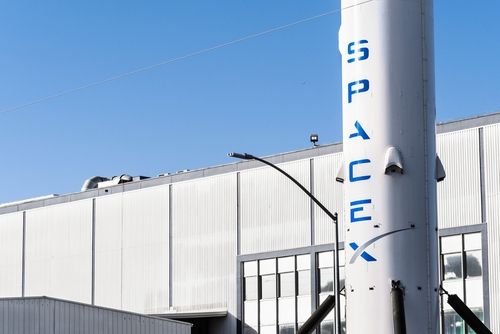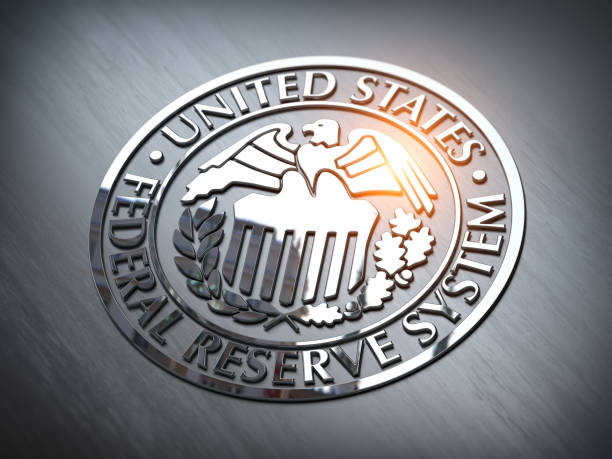Chocolate prices set to remain high this Halloween in the US, report says

By Marcelo Teixeira
NEW YORK, Oct 9 (Reuters) - U.S. chocolate consumers will face elevated chocolate prices this coming Halloween period as cocoa costs have more than doubled since early 2024, according to a report released on Thursday by Wells Fargo's Agri-Food Institute.
While wholesale cocoa prices CCc1 have eased from late 2024 peaks, manufacturers are still passing on to consumers their increased costs. Companies are also reducing seasonal product lines and implementing "shrinkflation" - reducing portion sizes while maintaining prices, the report said.
The surge in cocoa costs was caused by severe supply disruptions in West Africa, which accounts for approximately 70% of global cocoa production. Heavy rains in late 2023 triggered black pod disease and crop rot, while subsequent El Nino-induced droughts in 2024 increased the prevalence of cocoa swollen shoot virus disease.
Global cocoa production fell 12.9% year-over-year to 4.37 million metric tons in the last crop season, creating a supply deficit of 494,000 metric tons, the largest in over 60 years, according to the International Cocoa Organization (ICO). Production in Ivory Coast, the world's largest producer, dropped 25.3%, while Ghana's output declined 31.3%.
The outlook remains challenging, Wells Fargo said, citing preliminary assessments by cocoa exporters that point to a 10% decline in output for the 2025/26 crop year beginning in October across four West African producers.
"It is likely that cocoa prices will remain high at least through the next crop year ending September 2026 given the current record cocoa supply deficit," the report stated.
Recently imposed tariffs on major suppliers of cocoa and cocoa products to the U.S. States are an added cost factor.
The main U.S. suppliers are Ecuador, Ivory Coast, Dominican Republic and Ghana. All of them received so-called "reciprocal" tariffs, ranging from 15% to 25%.
U.S. importers and chocolate makers need to pay that additional amount when the beans or byproducts such as cocoa butter or cocoa powder arrive in the country. Cocoa is only produced in tropical regions.
Wells Fargo analysts said consumers should shop for treats with less cocoa content, compare prices across retailers, and consider generic alternatives, which can offer savings compared to branded products.








